+86-159 9860 6917
info@geofantex.com
geofantex@gmail.com
+86-400-8266163-44899
In the evolving landscape of infrastructure development, the introduction of geocells has marked a significant leap forward in the construction and maintenance of roads. This revolutionary technology, merging engineering with environmental consciousness, offers a sustainable, durable, and cost-effective solution to some of the most pressing challenges in road construction. This article delves into the essence of geocells, exploring their utility, importance, various types, and the impact they have on the construction sector.
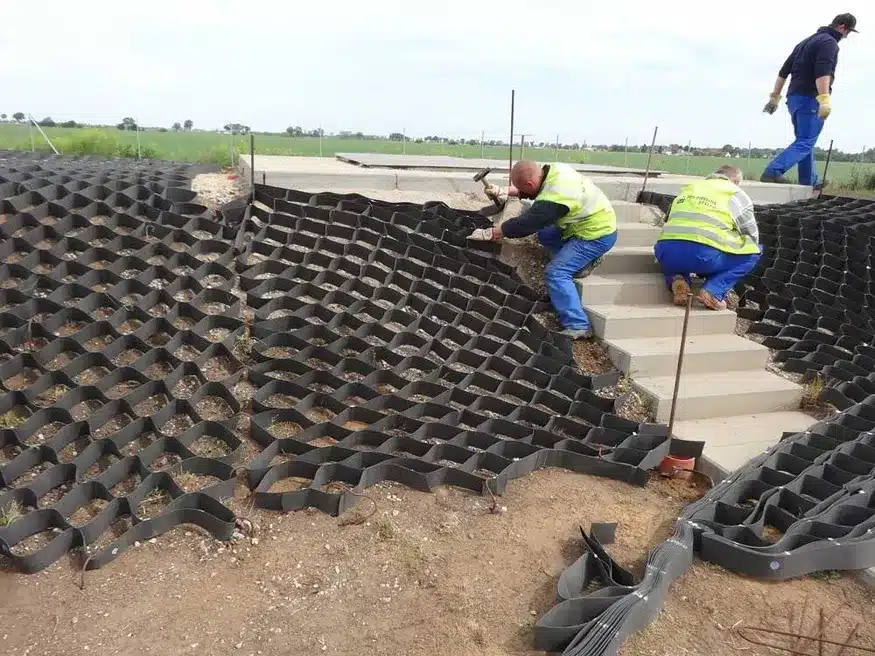
What is the use of Geocell in road construction?
Geocells are three-dimensional, honeycomb-like structures made from high-density polyethylene (HDPE) or other polymer materials used in road construction to improve soil stability and load distribution. Their primary uses include:
- Soil Stabilization – Geocells reinforce weak subgrades by confining soil within their cells, preventing lateral movement and improving load-bearing capacity.
- Erosion Control – They protect road embankments and slopes from erosion by holding the soil in place and allowing vegetation growth.
- Load Distribution – Geocells help distribute traffic loads more evenly, reducing rutting and extending the lifespan of roads.
- Reduction in Base Layer Thickness – They minimize the need for thick aggregate layers, reducing material costs and construction time.
- Improved Drainage – Geocells enhance water drainage, preventing water accumulation that can weaken road foundations.
- Sustainable Construction – By allowing the use of locally available, lower-quality fill materials, geocells reduce the environmental impact and construction costs.
Geocells are widely used in unpaved and paved roads, rural road construction, and temporary access roads, especially in areas with poor soil conditions.
What is a geocell?
A geocell is a three-dimensional, honeycomb-like structure made from polymer materials (such as HDPE or PVC) used to stabilize and reinforce soil. It consists of connected cells that expand when deployed, forming a strong, flexible grid. Geocells are typically filled with soil, gravel, or other materials to provide support, prevent erosion, and improve soil stability in areas like slopes, embankments, and roads. They are widely used in construction, erosion control, and environmental protection projects.
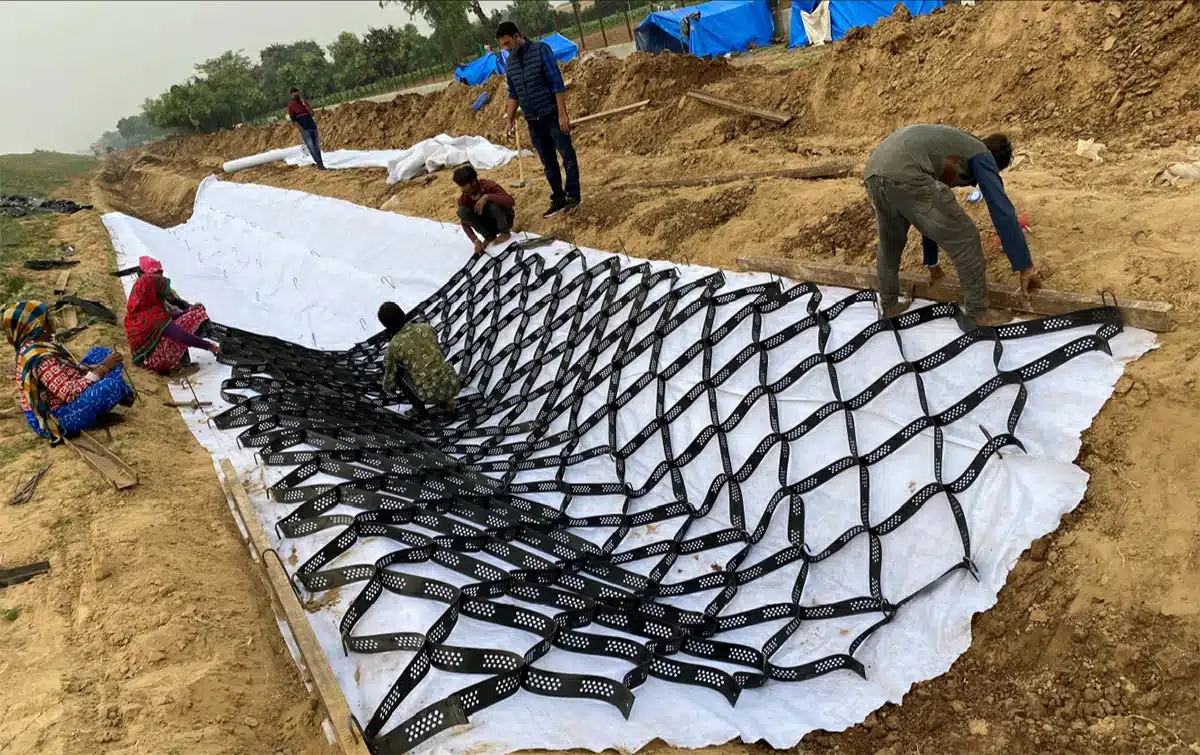
Why is geocell important?
Geocell is important in construction and soil stabilization because it provides structural reinforcement, erosion control, and load distribution in various applications. Here are the key reasons why geocell is widely used:
- Soil Stabilization – Geocells confine and reinforce loose or weak soils, preventing displacement and improving ground stability.
- Load Distribution – Helps distribute heavy loads over a wider area, reducing pressure on the underlying soil and preventing sinking or rutting.
- Erosion Control – Prevents soil erosion on slopes, riverbanks, and embankments by holding soil in place, even in high-flow water areas.
- Increased Pavement Lifespan – Used in road construction to enhance the durability of pavements, reducing maintenance costs over time.
- Cost-Effective – Reduces the need for deep excavation and expensive materials, making it a budget-friendly solution for reinforcement projects.
- Environmental Benefits – Allows for the use of local, less processed fill materials, reducing carbon footprint and material transportation costs.
Geocells are widely used in roadways, retaining walls, landfills, and military applications due to their high strength, lightweight design, and ease of installation.
What are the different types of geocells?
The main types of geocells are:
- PP (Polypropylene): Cost-effective, suitable for low-stress applications.
- Uniaxial: Cells oriented in one direction, used for soil reinforcement in roads and railways.
- Biaxial: Cells oriented in two directions, used for base stabilization and erosion control.
- Triaxial: Cells oriented in three directions, used for high-stress areas like foundations.
- Reinforced: Geocells with added materials for extra strength, used in demanding projects.
- HDPE: Made from High-Density Polyethylene, durable and weather-resistant, used in roads and embankments.
The integration of geocell technology in road construction represents a paradigm shift towards more sustainable, efficient, and resilient infrastructure development. By improving the structural integrity of roads and reducing the environmental footprint of construction projects, geocells are paving the way for the future of civil engineering. As this technology continues to evolve, its applications are likely to expand, further revolutionizing the way we build and maintain our roads and infrastructure.
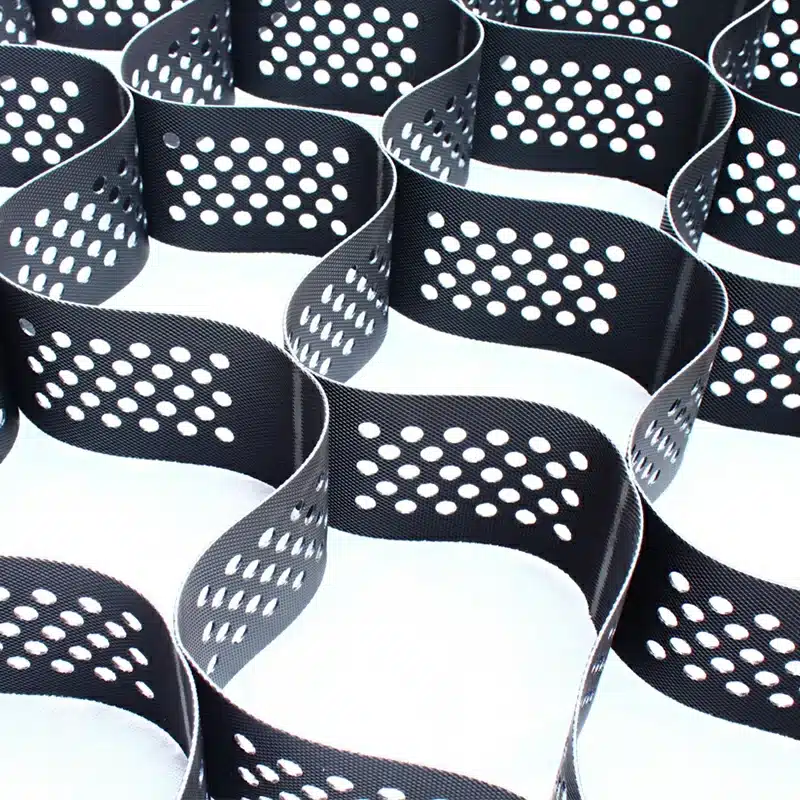
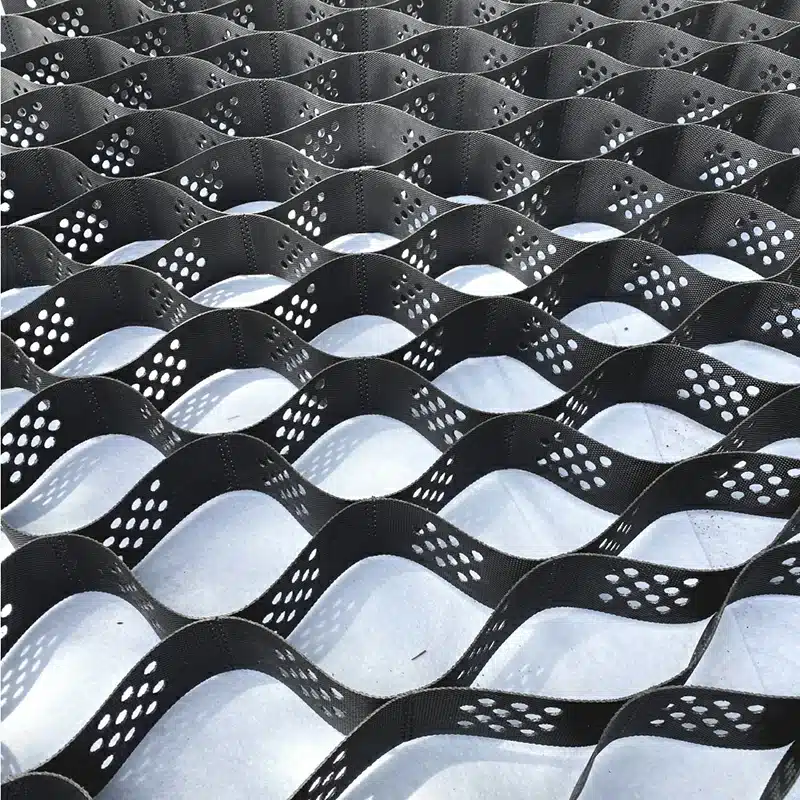
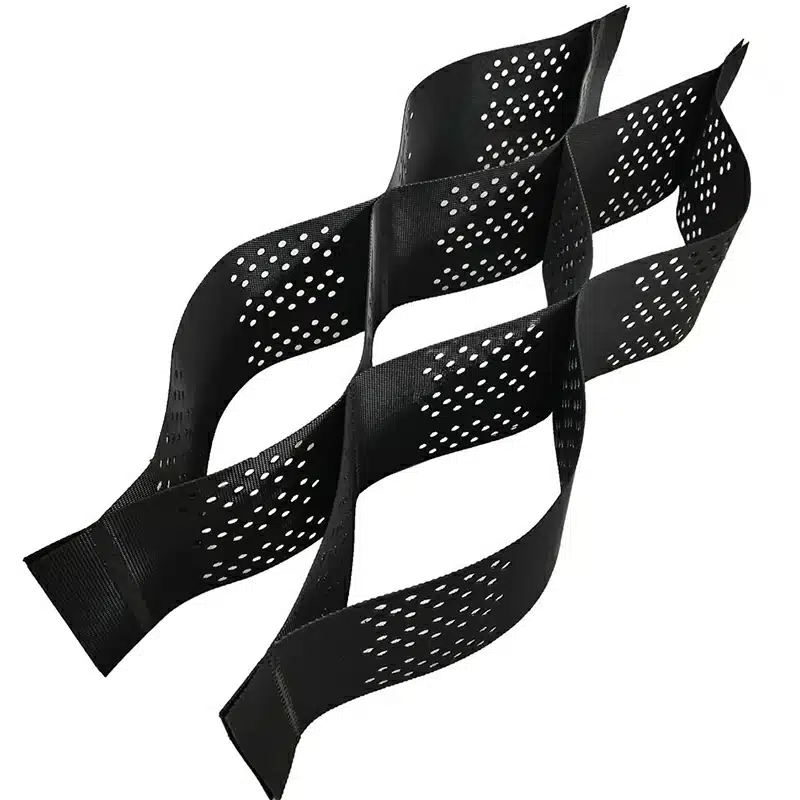
Get Free Sample
We’ll respond as soon as possible(within 12 hours)





















